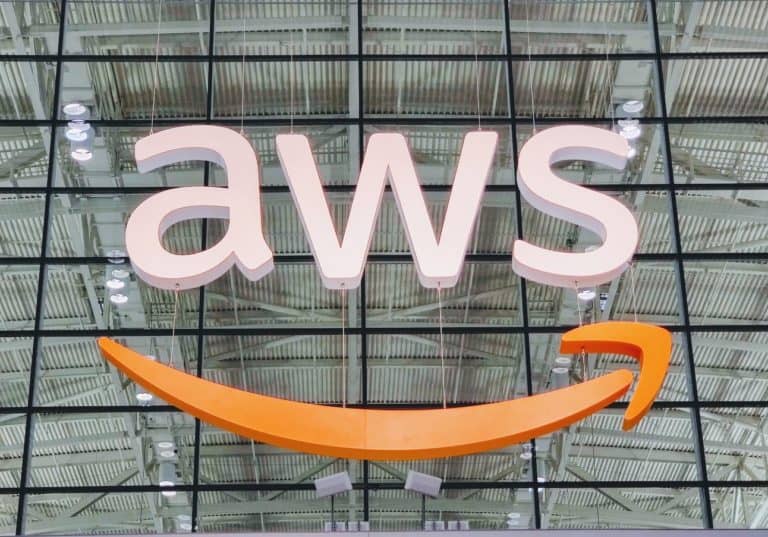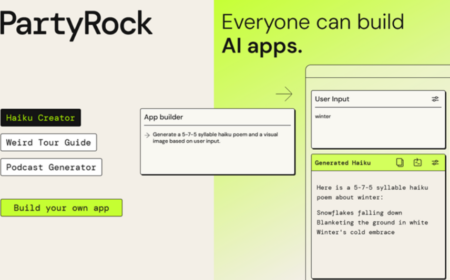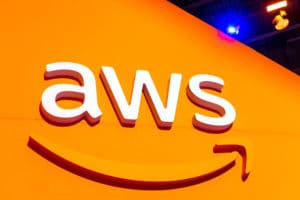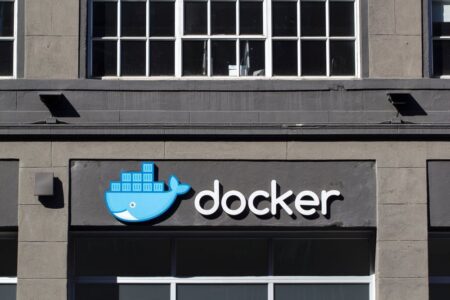Amazon Web Services has released a new App2Container tool for containerizing applications. The command-line tool converts existing Java and .NET applications into containerized applications without code changes.
According to Amazon, App2Container automates many tasks that usually are manually done when containerizing existing applications. To automate this, users need to install the tool on the server where the application is running. The tool identifies dependencies that the application relies on to run, maps the network port configurations and packages everything into Docker images that can be used to create containers.
Kubernetes
AWS also aims to simplify some more advanced tasks. When an enterprise deploys new containerized applications on the Amazon ECS service, App2Container can automatically determine the Kubernetes configuration settings for each application. According to AWS, these automated settings automatically follow “AWS best practices for security and scalability through integrations with various AWS services such as ECR, ECS and EKS.”
AWS Principal Developer Advocate, Channy Yun, states that companies can also use the tool with on-premise workloads and applications running on competing clouds. With App2Container, AWS may be able to win over customers from its competition. The multicloud support can theoretically be used for the migration of workloads from other platforms to AWS, in addition to the automation functions for regular application modernization projects.
“By modernising existing applications using containers, you can make them portable, increase development flexibility, standardize your CI/CD processes and reduce operational costs,” according to Yun in a blog.
Java and .NET
The choice for Java and .NET, the technologies currently supported by App2Container, makes a lot of sense. Historically, Java has been one of the most important programming languages for enterprises to write business software, while the .NET framework is widely used in web applications.
App2Container is free, and users are billed only for AWS services they use in their projects.
Tip: AWS emphasises the importance of a Well Architected Framework



















